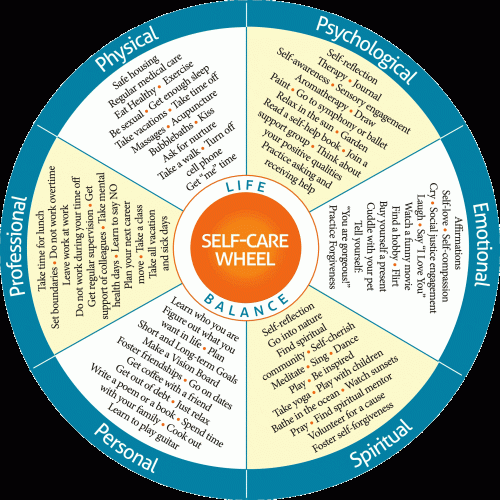The first-line drug for the treatment of hypertension, also known as high blood pressure, is usually a class of medications called diuretics. Diuretics work by increasing the excretion of sodium and water from the body, which helps to reduce the volume of blood flowing through the blood vessels. This, in turn, lowers the pressure exerted on the walls of the arteries, leading to a decrease in blood pressure levels.
Several types of diuretics are commonly prescribed for hypertension, including thiazide diuretics, loop diuretics, and potassium-sparing diuretics. Thiazide diuretics, such as hydrochlorothiazide, are typically the first choice due to their proven efficacy and relatively low cost. They act by inhibiting the reabsorption of sodium and chloride in the kidneys, leading to increased urine production and lower blood pressure. Thiazide diuretics also have the additional benefit of reducing the risk of stroke and cardiovascular events.
Loop diuretics, on the other hand, such as furosemide, are reserved for patients who may have advanced kidney disease or require stronger diuretic effects. These medications act on a different part of the kidney’s filtering system and promote increased salt and water excretion. Loop diuretics are potent agents and can be effective in cases where thiazide diuretics are insufficient.
Lastly, potassium-sparing diuretics, like spironolactone and amiloride, are often used in combination with other diuretics to counteract the loss of potassium caused by diuretic therapy. These medications work by reducing the reabsorption of sodium in exchange for potassium, helping to maintain balanced potassium levels in the body.
While diuretics are generally well-tolerated, they may cause certain side effects such as electrolyte imbalances, increased urination, and dehydration. Therefore, it’s crucial for patients to be regularly monitored and have their blood pressure levels and electrolyte levels checked by their healthcare providers. Additionally, it’s important to note that treatment plans for hypertension should be individualized based on the patient’s specific needs and overall health condition.
In conclusion, diuretics, especially thiazide diuretics, are considered the first-line treatment option for hypertension. They effectively lower blood pressure by increasing sodium and water excretion. However, it is essential for healthcare providers to carefully monitor patients for potential side effects and adjust the treatment plan as necessary.
What is the first drug of choice for high blood pressure?
Choice of initial therapy in most patients — The three primary options for antihypertensive drug therapy in most patients include an ACE inhibitor (or ARB), a calcium channel blocker, or a thiazide diuretic (preferably a thiazide-like diuretic) [3].

What is the best combination of drugs for high blood pressure?
Choice of Agents Figure 1 is an algorithm that can guide combination therapy in patients with hypertension. JNC8, ESC, and ACC/AHA guidelines agree that for most patients, combination therapy should include a thiazidethiazideA thiazide-like diuretic is a sulfonamide diuretic that has similar physiological properties to a thiazide diuretic, but does not have the chemical properties of a thiazide, lacking the benzothiadiazine molecular structure. Examples include metolazone, chlorthalidone, and indapamide.https://en.wikipedia.org › wiki › Thiazide-like_diureticThiazide-like diuretic – Wikipedia diuretic, a CCB, and an angiotensin-converting enzyme inhibitor (ACEI) or ARB.
What is the best medicine to start for high blood pressure?
Angiotensin-converting enzyme (ACE) inhibitors, angiotensin-receptor blockers (ARBs), and beta blockers are recommended as first-choice medications in some younger adults with high blood pressure. They are all effective at lowering blood pressure, but differ in the ways they work.



